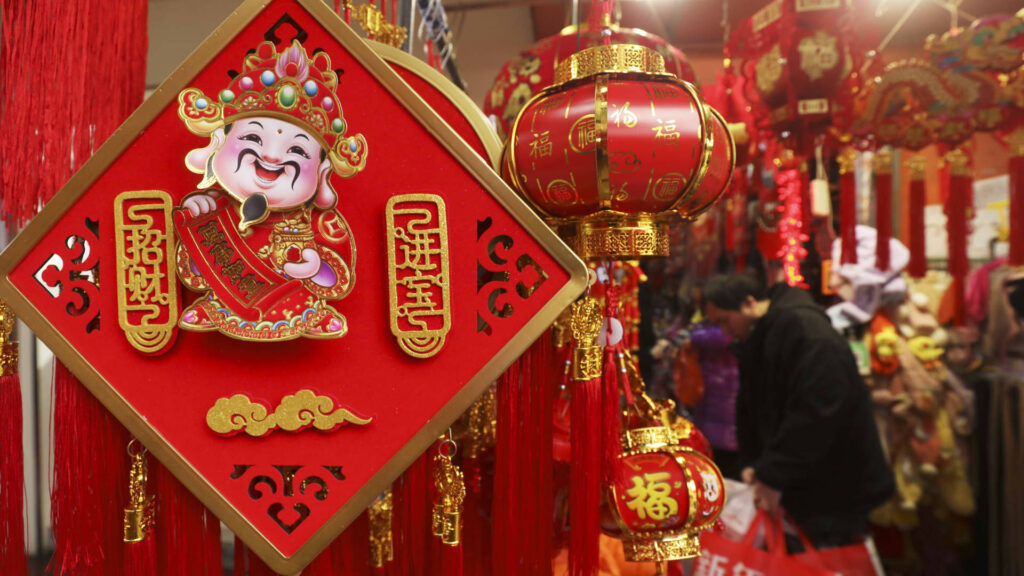People shop for Spring Festival ornaments at a market in Zixing city, Central China’s Hunan province, Feb 4, 2024.
CFOTO | Future Publishing | Getty Images
China’s producer prices declined for a 16th month in January, while consumer prices saw their biggest drop since 2009 — underscoring the depth of the challenge that Beijing faces in reflating the world’s second-largest economy.
China’s producer price index fell 2.5% in January from a year earlier, the National Bureau of Statistics reported Thursday, slightly better than expectations for a 2.6% decline, after a 2.7% drop in December.
The country’s consumer price index fell 0.8% in January on an annual basis, more than the median estimate for a 0.5% decline in a Reuters poll. This is its fourth consecutive decline. On a monthly basis though, CPI climbed 0.3% in January from December, slightly weaker than median expectations for 0.4% growth.
“The market is not completely surprised by the deflation numbers, because the deflationary pressures upstream have been lingering for well more than a year now, so the upstream pressures now is being passed on the downstream,” Hao Hong, chief economist and partner at GROW Investment Group, told CNBC “Street Signs Asia” on Thursday.
He pointed to the 17.3% decline in pork prices in January from a year ago, which is suffering from substantial oversupply after authorities moved to aggressively restore supply in China’s staple meat in the last two years after a battle with swine flu.
Overall, food prices declined 5.9% in January from a year ago.
Core CPI — which strips out energy and food prices — climbed 0.4% in January from a year earlier, the bureau said in a separate statement. On a monthly basis, this translated into a 0.3% growth in January from December, NBS said.
NBS said January’s inflation data was influenced by the high base effect of Spring Festival or the Lunar New Year, which fell in January a year ago. The festival falls in February this year.
Thursday’s inflation…
Read the full article here





